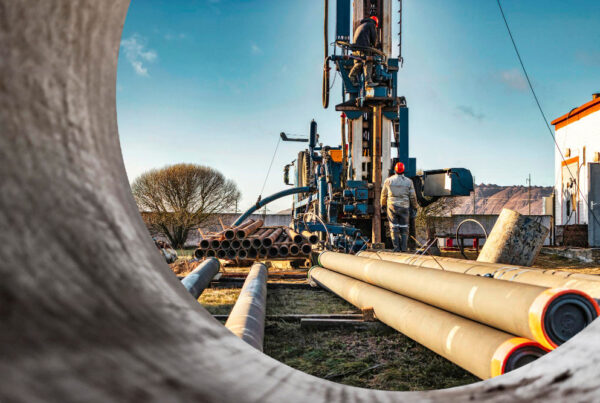Drilling a water well is a significant undertaking that requires careful planning and consideration. Ensuring a successful well installation involves evaluating various factors related to site selection and navigating the permitting process. This article outlines the key considerations to take into account before drilling a water well to ensure a reliable and legal water source.
Site Selection
1. Water Availability
One of the primary factors in site selection is the availability of groundwater. Conducting hydrogeological surveys and consulting with local experts can help determine the presence and depth of aquifers in the area. It’s essential to ensure that there is a sufficient supply of water to meet your needs.
2. Soil and Rock Conditions
The type of soil and underlying rock formations can significantly impact the drilling process and the long-term viability of the well. Understanding the geology of the site helps in determining the appropriate drilling method and the potential challenges that may arise during construction.
3. Proximity to Contaminants
Select a site that is away from potential sources of contamination, such as septic tanks, industrial sites, agricultural runoff, and landfills. The distance from these sources is crucial to prevent the risk of groundwater contamination, which can compromise the quality and safety of the well water.
4. Accessibility
Ensure that the site is accessible for drilling equipment and future maintenance. The location should have adequate space for the drilling rig, support vehicles, and any necessary storage of materials and equipment. Accessibility is also important for routine inspections and repairs.
Permitting Process
1. Local Regulations
Before drilling a water well, it’s essential to understand and comply with local regulations and zoning laws. Different regions have specific rules governing well construction, water usage, and environmental impact. Contact your local water authority or environmental agency to learn about the permitting requirements in your area.
2. Well Construction Permit
In most areas, you will need to obtain a well construction permit before drilling. This permit ensures that the well will be constructed according to local standards and guidelines. The permitting process typically involves submitting detailed plans and specifications for the proposed well, including its location, depth, and construction methods.
3. Environmental Impact Assessment
Depending on the location and scope of the well, you may be required to conduct an environmental impact assessment (EIA). An EIA evaluates the potential effects of the well on the surrounding environment, including groundwater resources, ecosystems, and nearby communities. This assessment helps identify any necessary mitigation measures to minimize environmental harm.
4. Water Rights
Water rights are legal entitlements that allow the use of water resources. It’s important to verify that you have the necessary water rights to access and use groundwater from the well. In some regions, water rights are tightly regulated, and you may need to apply for a permit to secure the right to use a specific amount of water.
Conclusion
Drilling a water well involves careful consideration of site selection and compliance with the permitting process. By evaluating factors such as water availability, soil conditions, proximity to contaminants, and accessibility, you can choose an optimal site for your well. Additionally, understanding local regulations, obtaining the necessary permits, conducting environmental assessments, and securing water rights are crucial steps to ensure a successful and legally compliant well installation. By taking these factors into account, you can ensure a reliable and safe water supply for your needs.






